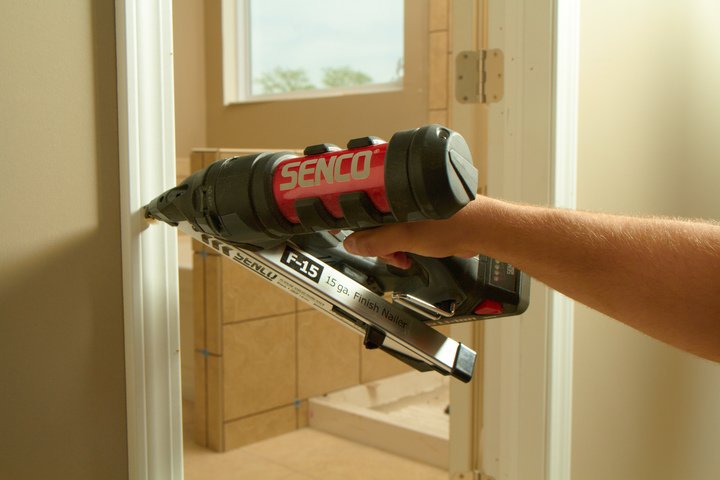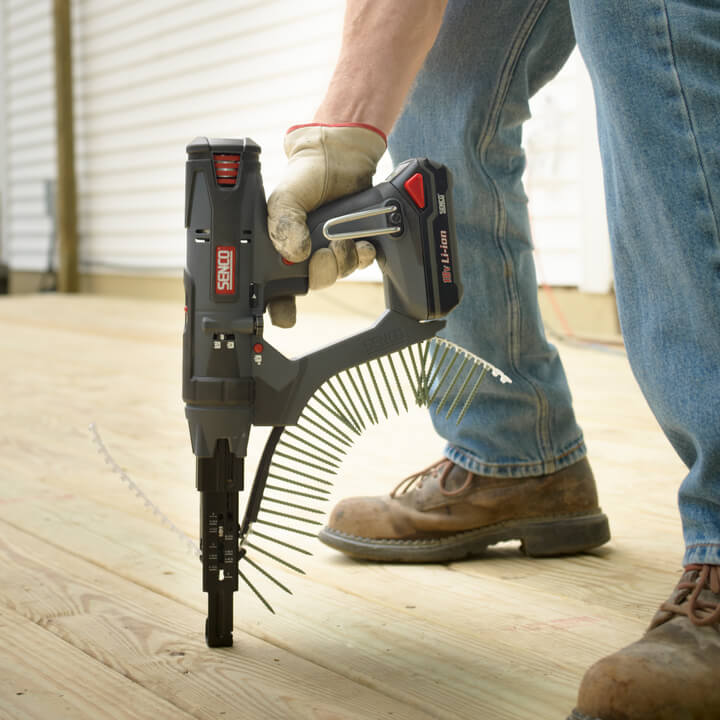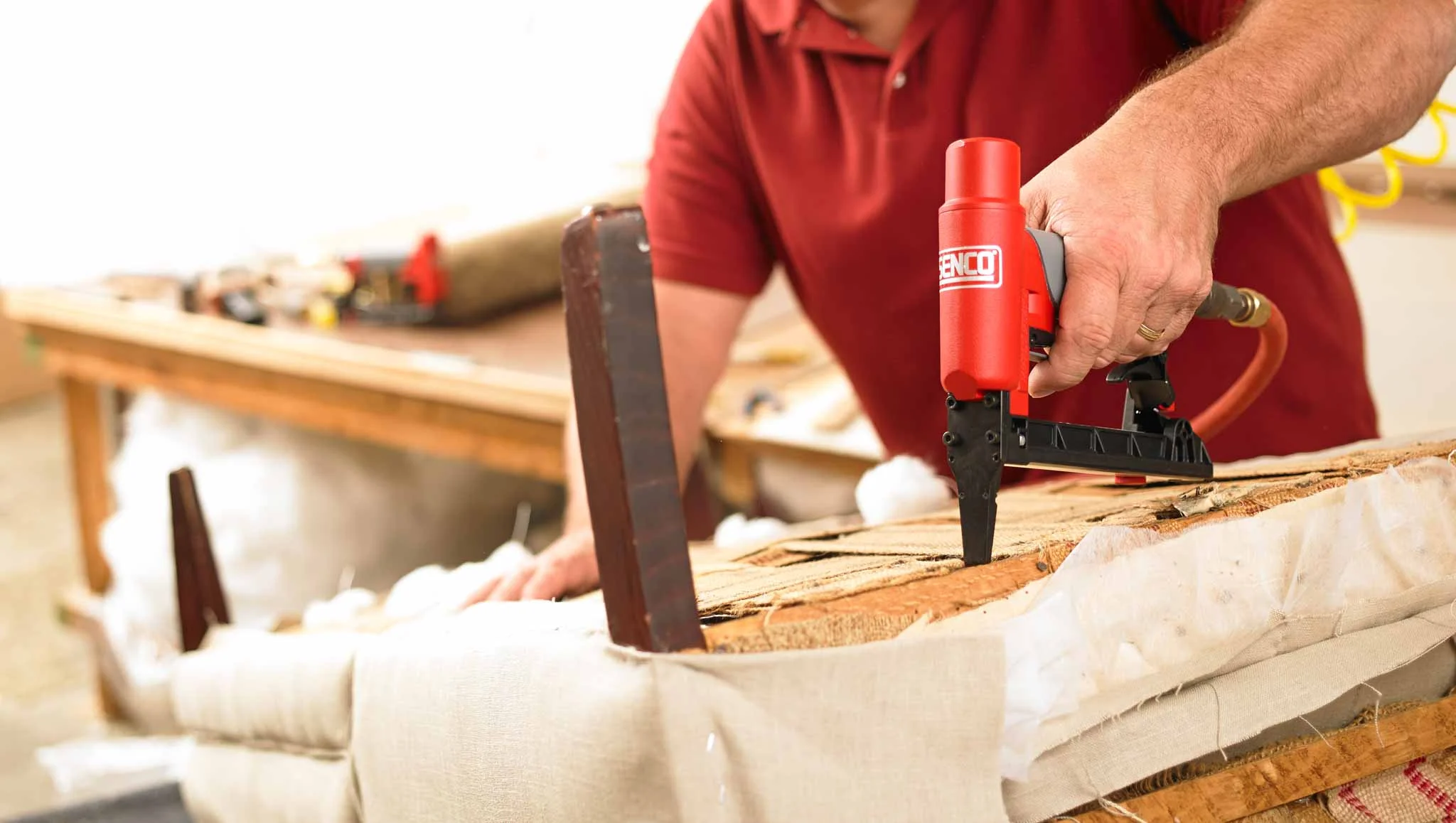Easy, Inexpensive Projects to do While Staying Home

Too much free time can make anybody feel restless. You can stay productive while you’re stuck at home by scouting your property for projects. Inexpensive, light renovations can make your home a more pleasant place to live while significantly increasing its value. You can also extend the life of furniture with a little know-how.
Start by reevaluating improvements you’ve always wanted to make but never found time for. Keep an eye out for new projects, too. Plenty of easy improvements and repairs can be completed in less than a day or two with the right tools.
Install Trim, Molding and Baseboard
Trim serves many purposes. It can make a small room feel bigger, cover up spotty corners, and add a sense of stateliness to the space. Adding molding and corner trim, or replacing baseboards and door trim, should only take a few hours to a couple of days, depending on the size of the room.
Cost:
Varies by room size and trim type/quality
- Baseboard – $2/foot avg.
- Molding – $10/foot avg.
- Corner Trim – $1/foot avg.
Tools Needed:
- Pry bar for removing old trim
- Tape measure
- Miter saw
- Finish or brad nailer
Woodworking Projects
As you evaluate potential projects in your home, think of small quality-of-life improvements you could make with some wood, glue and a few tools. Build a shelving unit over your sink or a key holder by your door. Make a birdhouse or planter with your family. Hand craft a side table, wine rack or wall art. Woodworking projects are a great way to combine creativity with practicality, and you can find plenty of ideas online.
Cost:
Varies widely. Look for scrap wood and hardware to build projects for free.
Common Tools Needed:
- Tape measure
- Table saws, miter saws, circular saws or jigsaws
- Drills, hole saws and augers
- Sanding pads
- Screw guns
- Micropinners and finish nailers Browse SENCO Nailers
Reupholster Furniture
When upholstered furniture gets outdated or damaged, most people toss it and buy new. However, reupholstering is a cost-effective and environmentally friendly way to refresh your chairs and stools. Upholstery is an art form that can take years to master — try starting with dining chairs, ottoman stools, benches and other small, wood-framed furniture.
Cost:
Varies by fabric type
- Quality upholstery fabric – $10-$20/yard avg.
- Padding/batting – $4-$5/yard avg.
- Upholstery foam – $12/yard avg.
Tools Needed:
- Claw tool and pliers for removing old tacks or staples
- Scissors
- Box or serrated knife for cutting foam
- Stapler
Insulate Garages, Basements or Attics
Insulating is one of the best ways to lower energy bills and soundproof a space. Rolled fiberglass insulation is affordable and can easily be attached to studs with a stapler. Foam board insulation can be adhered to concrete foundations, and a wood frame can be built over it to attach drywall.
Cost:
- Fiberglass insulation – 60 cents to $1.50/square foot avg.
- Foam Board Insulation – $1.50-$2.50/square foot avg.
Tools Needed:
- Straight edge
- Utility knife for trimming fiberglass
- Hand saw for trimming foam board
- Stapler for installing fiberglass
- Screw gun for building wood frames and drywall Browse SENCO Staplers
Repair Decks and Wood Fences
Fences, decks and other outdoor wood structures only last if they’re maintained properly. To get the maximum life out of your structure, clean it regularly, replace damaged or rotted wood immediately and treat boards with a sealant. On decks, inspect joists and beams yearly for structural damage.
Cost:
Varies by wood and square footage
- Pressure treated lumber – $5-$10/square foot avg.
- Wood sealer – $15-$20/gallon
Tools Needed:
- Pry bar for removing nailed boards
- Screw gun for removing screwed boards
- Pressure washer/brush + cleaning solution
- Pole sander/sanding pads
- Screw gun and wood screws
Patch or Cover Walls
Cracked plaster and damaged drywall are unsightly and off-putting to visitors and home-buyers. You can repair small cracks easily with drywall tape and joint compound, but larger cracks and holes may require patching or replacing full sheets of drywall. You could also cover unsightly walls with paneling or wainscot.
Cost:
- 4×8-foot drywall sheet – $10-$15 avg.
- 2×2-foot drywall patch – $5 avg.
- 4×8-foot paneling – $10-$15 avg.
Tools and Materials Needed:
- Hammer, hole saw or utility knife for removing damaged drywall
- Drywall tape, joint compound and putty knife
- Screw gun for attaching drywall
- Sanding sponges
- Finishing nail gun for attaching paneling Browse SENCO Auto-Feed Screw Guns
Browse SENCO Auto-Feed Screw Guns
Repair Wood Furniture
Detach and rebuild loose drawers and cabinet doors with wood glue and finishing nails or micro pins. Replace cheap cardboard backing on big-box-store bookcases with thin plywood.
Straighten sagging bookshelves with furring strips nailed from behind. Use your imagination — as long as the furniture functions and looks good, there’s no wrong way to repair.
Cost:
Varies widely. Look for scrap wood to fix furniture for free.
Common Tools Needed:
- Speed square
- Tape measure
- Miter or table saw
- Screw guns
- Micropinners





